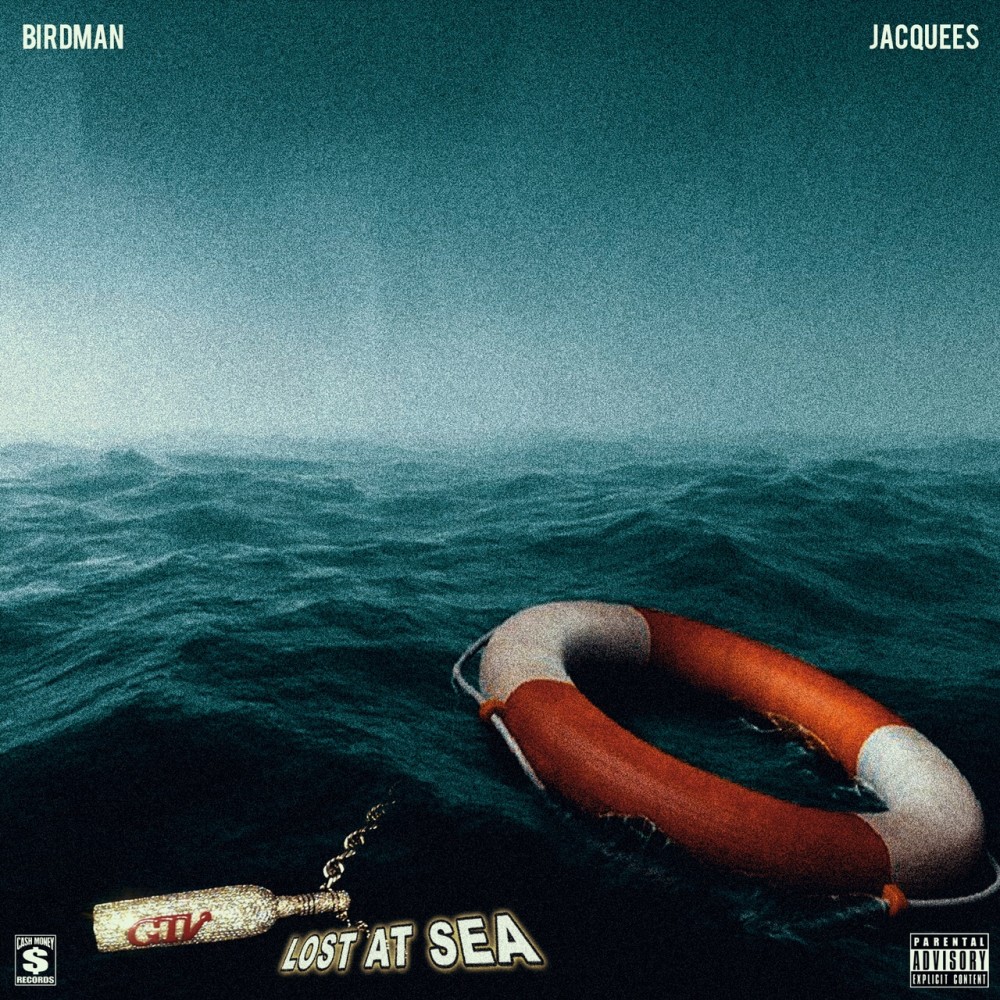

ĭirector Jennifer Peedom said about the subject of the film that "There's a very fine line between making it and not making it, and he didn’t make it. The film was to be based on his journey, and also utilise his recovered video tapes. Production of the documentary began in 2008, a year after McAuley's death.

Solo is a psychological portrait of McAuley's determination to claim a first and conquer the unknown - something that ultimately cost him his life. On 9 February, New Zealand maritime authorities received his distress call but they could not save his life. After a month at sea, Andrew had endured all the difficulties and a three-day Category 9 storm. "What nobody's really thought of before was the trash that we're leaving across the Pacific and other oceans every time we lose these containers, and to drop hard substratum along certain routes could create steppingstones or highways of trash as years accumulate and these things don't really disintegrate," DeVogelaere says.In January 2007, thirty years after the first man-powered crossing of the Tasman Sea by row boat, Andrew McAuley set out on his quest to become the first person to kayak from Australia to New Zealand to cross 1600 km of one of the most dangerous oceans on Earth - the Southern Ocean stretch of the Tasman Sea. And they're clustered along shipping lanes that crisscross the oceans. That's a rough estimate - no one knows exactly what the number is, but it's clearly in the thousands every year. "As a matter or course of business, about 10,000 of these containers fall off of a ship every year," he says. The sanctuary negotiated and the shipping company agreed to pay for a study of how the container might affect life at the sea bottom.īut what could a single container really do to sea life? Well, DeVogelaere points out that it's not just one container. The law says you can't dump stuff in a marine sanctuary. Eventually, they tracked the container to the merchant vessel Med Taipei, which had lost 15 containers in a storm off Monterey Bay a few months earlier. The scientists who first found it marked its location. "This is a 40-foot-long container, and it landed upside down with one corner stuck into the soft sand muddy bottom," he says. What nobody's really thought of before was the trash that we're leaving across the Pacific and other oceans every time we lose these containers.Īndrew DeVogelaere, biologist, Monterey Bay National Marine SanctuaryĪndrew DeVogelaere, a biologist with the sanctuary, is one of the scientists studying it. It was mile after mile of mud until, suddenly, the navigator's screen filled with the image of a bright yellow shipping container. Biologists on a research ship in 2004 were scanning the seafloor in the Monterey Bay National Marine Sanctuary with a robotic submarine. The investigation started with real needle-in-a-haystack kind of luck. That might not pose any problems, but the idea that tens or even hundreds of thousands of containers are down there might. Already, they've discovered that the container has become a new type of habitat on the muddy ocean floor, attracting its own suite of creatures. But now marine biologists have found one off the coast of California and have decided to study how it may affect sea life.

Scientists surveying the bottom of the Pacific Ocean have discovered something they knew was there but had never seen before: a shipping container.Ĭargo ships regularly lose these containers overboard - they write them off and collect insurance. This shipping container was discovered upside down on the seafloor by researchers in June 2004, four months after it was lost at sea.


 0 kommentar(er)
0 kommentar(er)
